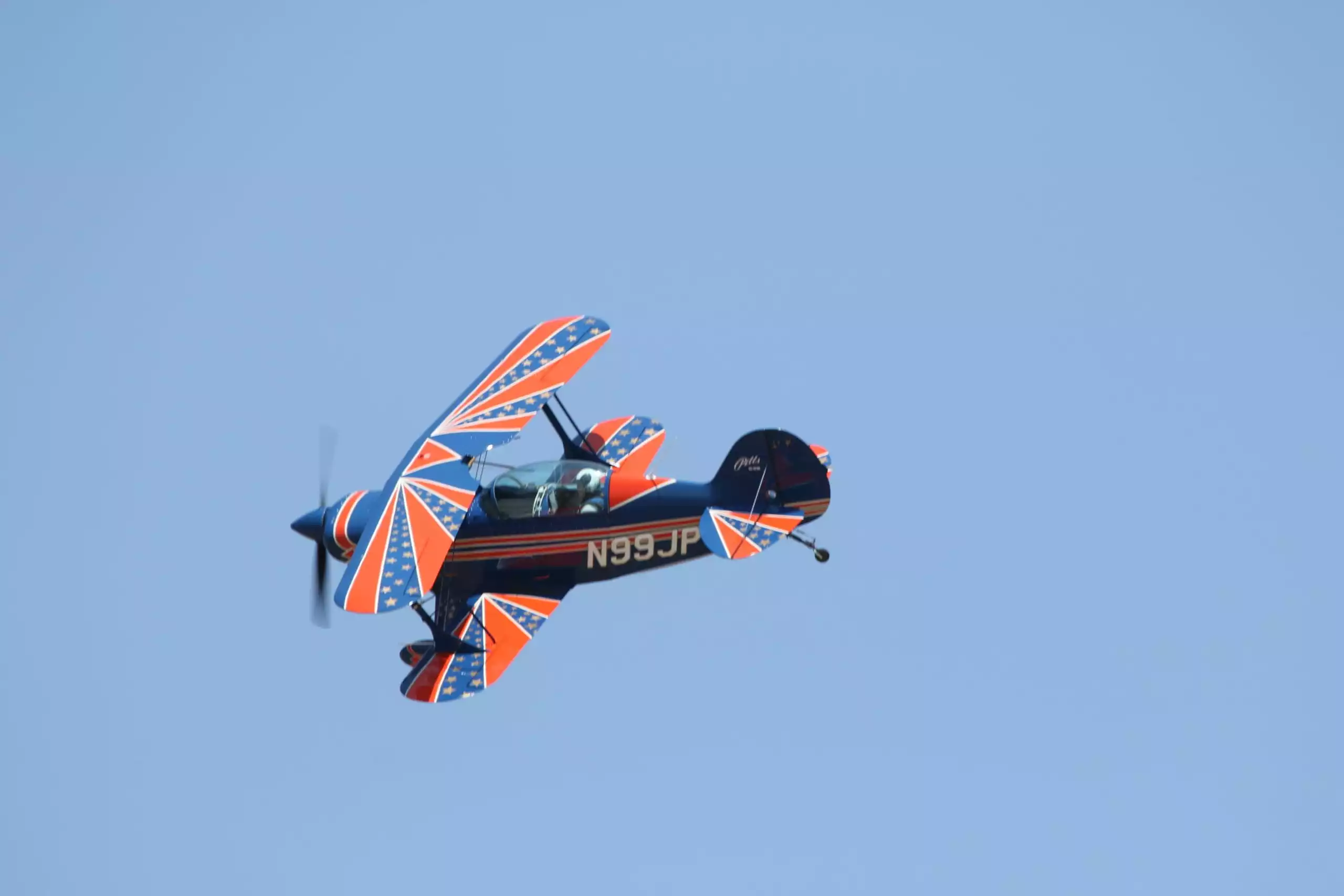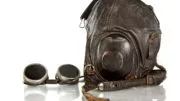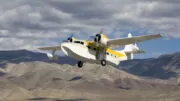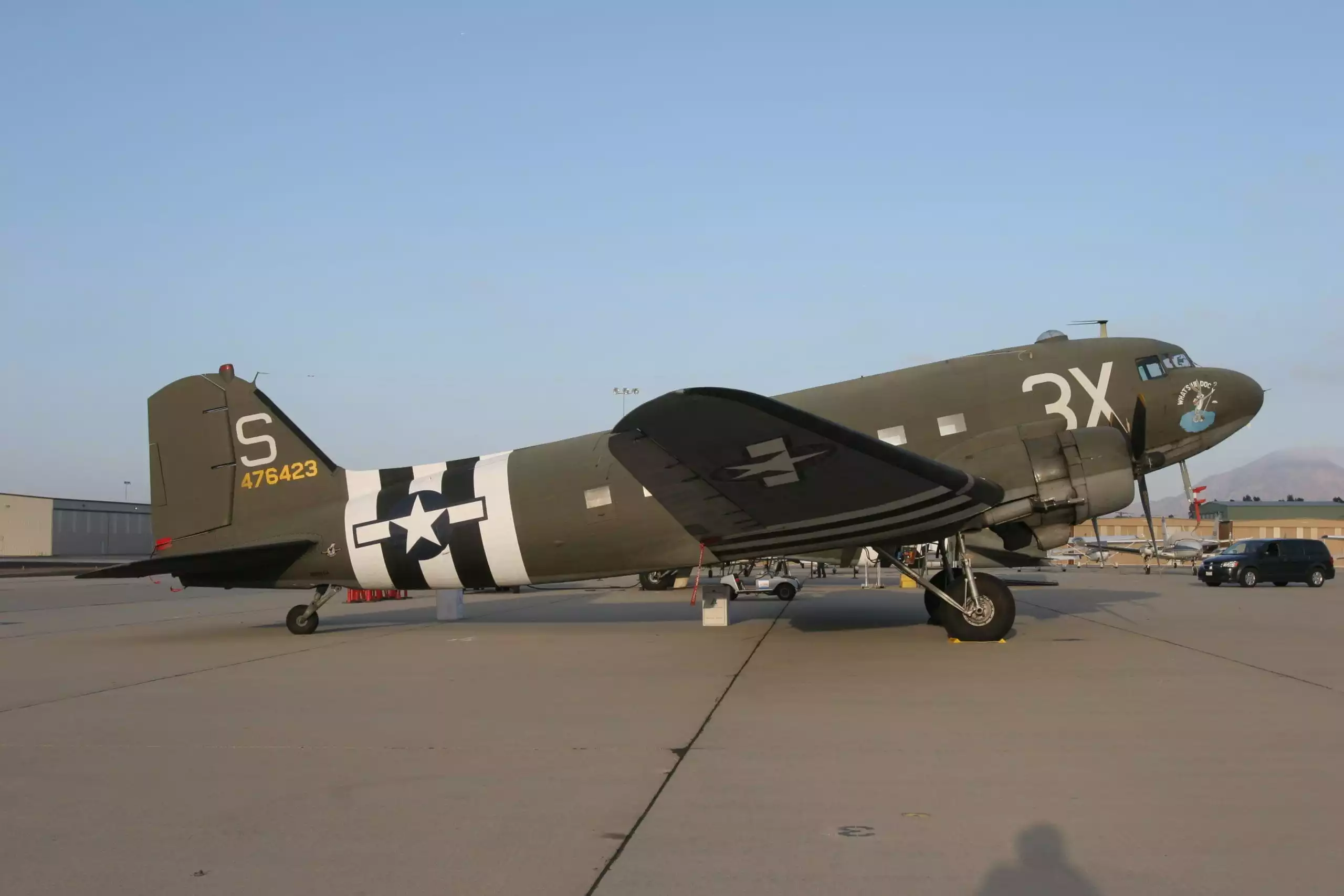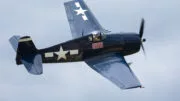4 Innovative Aerobatic Pilot Pioneers To Know
The first airplane flight took place in 1903 and shortly after, these aerobatic pilot pioneers changed flying as we know it by adding stunts and turning flight into a performance.
Anyone familiar with the history of aviation is aware that it didn’t take long after man first flew in an airplane to also put it upside down. Aerobatic pilot pioneers helped to popularize flying, pushed the boundaries of aircraft design and manufacturing, and paved the way for modern aerobatic pilots to continue their work. Although crowds were at first thrilled by merely basic aerobatic maneuvers, these quickly became commonplace as the airplane became more widespread, and pilots began to seek the ability to perform difficult tricks.
While early aerobatic pilots often paid for their work with their lives, a great deal was learned through their perseverance and bravery. The best way to honor them is to remember their contributions to aviation while finding ways to innovate even further. Here are a few aerobatic pilot pioneers to know.
Early Aerobatic Pilot Pioneers: Eugene Lefebvre
The lineage of aerobatic pilot pioneers extends to a time before the first powered flight was safely achieved by the Wright Brothers. The first “stunt fliers” were balloonists who performed parachuting feats for eager crowds below. Once aviation became possible, the Wright Brothers hired exhibition pilots to show off their invention. They were called the Wright Flyers, or the Wright Exhibition Team, and operated from 1910 to 1911. One of them was Eugene Lefebvre, who is widely considered the first “stunt pilot.”
Like the Wright Brothers, Lefebvre’s background was in bicycles. With the advent of automobiles, Lefebvre began selling cars and parts in Paris. He gained an interest in aviation and air racing, and entered himself in the first air meet. It took place in Reims, France, at an automobile racing track in August, 1909. This event is generally considered the starting point of modern aviation aerobatics, and Lefebvre made a name for himself there. Although one of the first pilots to demonstrate control of the Wright Flyer, Lefebvre became the first pilot to die as the pilot of a motorized aircraft in September 1909.
Wilfred Parke
Wilfred Parke was a British pilot who accidentally contributed the ability to recover from a spin. First a member of the Royal Navy, he showed early ability as a pilot, and became an aviator in 1911. The next year, he achieved the first witnessed loop by gliding into a spiral approach and closing the airplane’s throttle, but leaving its engine on. In an attempt to back out of the situation, Parke applied the aircraft’s elevator, but the plane began to spin. Discovering that turning into the direction of the spin was having no effect, Parke turned to his right rudder, applying it to the maximum. His Avro G righted itself with fifty feet to spare. Two years later, Parke was killed in a monoplane crash when its engine failed.
Lincoln Beachey
Little known today to the general public, Lincoln Beachey was a rock star aviator in the early days of the field. Called “The Man Who Owns the Sky,” he was born in San Francisco in 1887, and quickly gained experience in aeronautics by working in dirigibles. Not only was he involved in dirigible construction, he also began working in aerodynamic design. As aviation began to change, he piloted a racing balloon and followed his brother, Hillary, into the world of fixed aircraft.
Beachy developed a spin while in a nosedive, performing the feat from over 3,000 feet at a 1911 California airshow in Los Angeles. He was the first aerobatic pilot to survive the attempt. Glenn Curtiss recruited him to join his exhibition team, and in June of that year he claimed a $1,000 prize as the first person to pilot an airplane over Niagara Falls. Beachy did so in a Curtiss D biplane, diving down over the American Falls to just over 20 feet above the Niagara River. The size of the crowd watching him do so—over 150,000 in attendance—demonstrates the growing popularity of aviation in general and aerobatics performances in particular.
Beachey set altitude records and invented many aerobatic maneuvers which formed the bedrock of modern aerobatic flying. He developed “the dip of death,” in which he would dive towards the ground with his arms out, controlling the stick with his knees. Inspired by Wilfred Parke, he refined the ability to recover from tailspins and talked Curtiss into developing an airplane specifically for that purpose. In addition, he also invented and popularized the vertical drop, as well as the aerobatic figure 8. Upset by the death of a colleague, Beachey stepped away from aerobatics for a few months, then returned to demonstrate and refine the aerobatic loop. In 1911, he raced a train, briefly resting the landing gear of his aircraft on his opposition as they passed one another. There seemed to be no limit to what he could do.
Aviator that he was, Beachey died in 1914 from drowning. He was flying an airplane while inverted over San Francisco Bay when its rear spars snapped as he attempted to roll out of the maneuver.
Pyotr Nikolayevich Nesterov
Russian aviator Pyotr Nikolayevich Nesterov is generally credited with inventing the loop. As a military officer, he gained experience in balloon observation. He then began experimenting with gliders, then quickly became the head of an aviation unit. Until this point, the question of whether or not an airplane could safely perform a loop was a matter of debate. Nesterov put the question to rest in 1913, but for his daring, he was initially disciplined “for risking government property.” When Adolphe Pegoud replicated the feat, however, Nesterov was promoted.
He put his new rank to work developing training methods for the Russian army. Nesterov was the first pilot to bring down a combatant in an aerial dogfight; although aircraft were unarmed at this point, he rammed an enemy pilot in 1914. Both his aircraft as well as his opponent’s were damaged, and Nesterov, who wasn’t strapped into the cockpit, died from the injuries he sustained. The techniques he developed were still used in Russia’s military as late as World War II.
Ready to Soar with Us?

